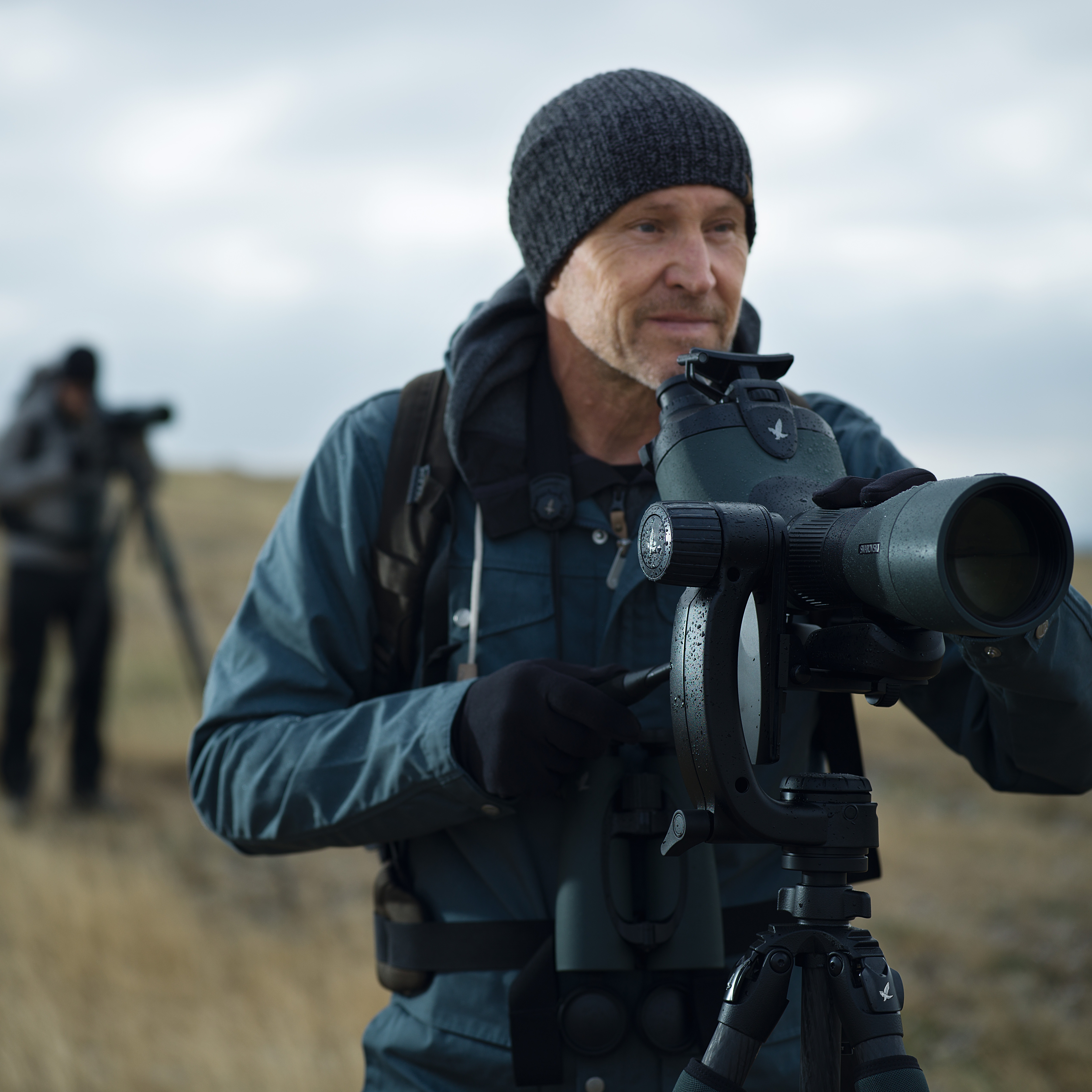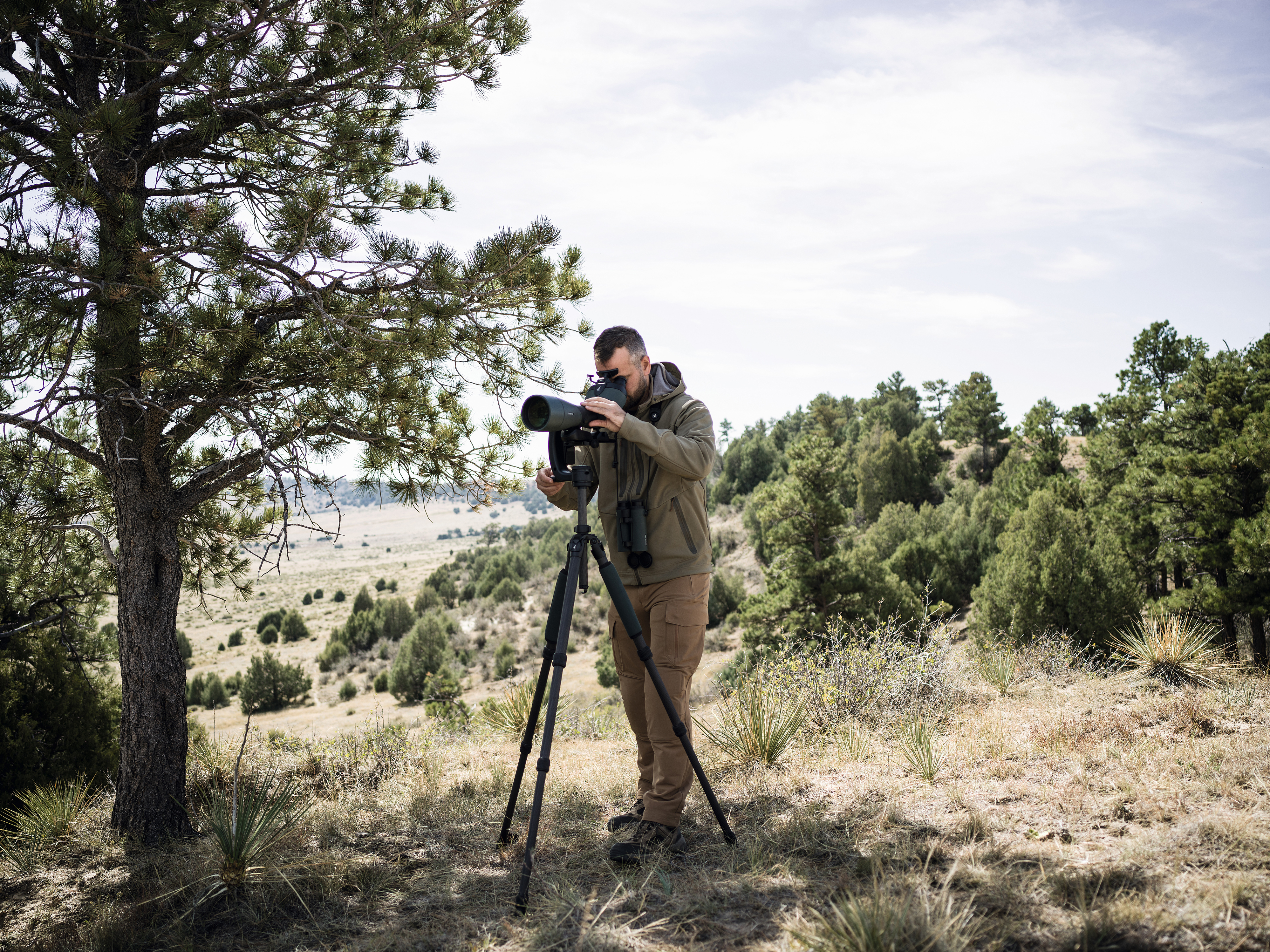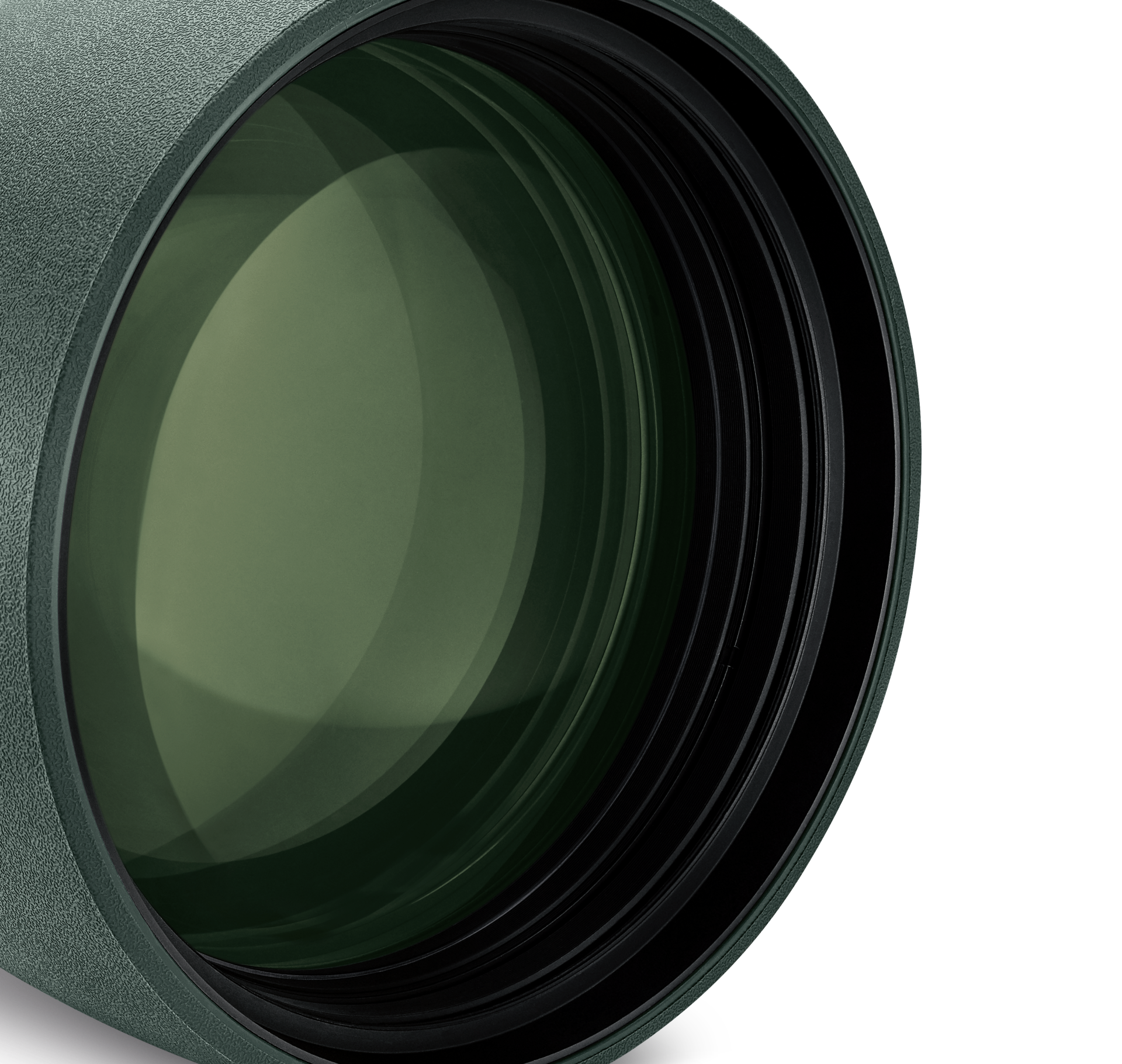A NEW ERA IN THE HISTORY OF SPOTTING SCOPES


Menu
Products
Intended use
Service


Product & Technical Services, Tips & Care, Tutorials, Downloads, Declarations of conformity

The BTX combines the visual power of both eyes with a revolutionary viewing experience. Crucial subtleties can be seen with the crystal clear optics, with every detail now fully on show. A forehead rest and angled view guarantee comfortable viewing for hours on end.
A NEW ERA IN THE HISTORY OF SPOTTING SCOPES


The BTX combines the visual power of both eyes with a revolutionary viewing experience. Crucial subtleties can be seen with the crystal clear optics, with every detail now fully on show. A forehead rest and angled view guarantee comfortable viewing for hours on end. The benefits of binoculars and spotting scopes are combined in the BTX eyepiece module. It presents vivid, true-to-life images and offers the comfort required for long-term observation.
 BTX spotting scope system
BTX spotting scope systemThe optical quality is unmatched. Swarovski customer service is excellent!
Clear optic quality.
High quality optics! Enjoy using
Heavy
 Customer ServiceMon - Fri 8:30 AM - 7:00 PM EST(800) 426-3089info-us@swarovskioptik.com
Customer ServiceMon - Fri 8:30 AM - 7:00 PM EST(800) 426-3089info-us@swarovskioptik.com